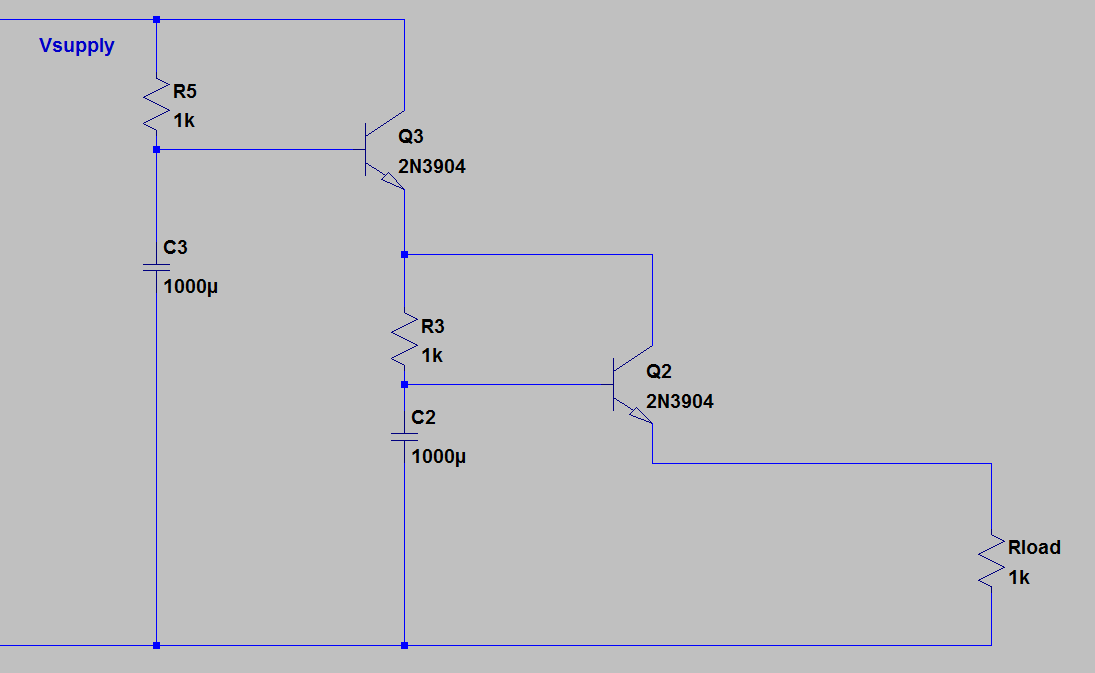I need a simple DC supply filter for a low power JFET circuit. This is what I came up with:

Is there a circuit that provides better filtering in some way?
I don't recall seeing anything like this on the Internet so I'm wondering why this sort of circuit isn't used. Note that I don't need a regulator. I just need a DC supply that is as quiet as humanly possible for a high gain JFET circuit.

Is there a circuit that provides better filtering in some way?
I don't recall seeing anything like this on the Internet so I'm wondering why this sort of circuit isn't used. Note that I don't need a regulator. I just need a DC supply that is as quiet as humanly possible for a high gain JFET circuit.












